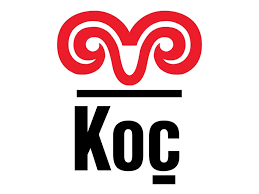Why is supplier engagement important in your climate journey?
The supply chain can represent a significant element of a company’s full carbon footprint. Addressing these indirect emissions requires collaboration with suppliers. With a supplier engagement plan, you can engage key suppliers to accurately measure your footprint and, more importantly, take action to reduce these emissions over time.
The benefits
A supplier engagement plan that targets key suppliers can help you:
- Initiate a dialogue with selected suppliers to understand their current and planned climate goals and how these align with your own.
- Encourage suppliers to reduce emissions before 2030 and achieve Net Zero emissions before 2050.
- Include climate considerations into ongoing business interactions with suppliers and align your procurement strategy with your sustainability goals.
- Improve the accuracy of emissions measurement and reporting.
How we can help
Our team of experts at the Carbon Trust can support you in developing a supplier engagement strategy and put your plans into practice. As part of this, we help you:
- Identify key materials and suppliers across your supply chain to design a targeted and prioritised engagement strategy.
- Ensure that your strategy will enable you to effectively measure, manage and report the sustainability performance of your suppliers.
- Collect and assess supplier-specific data on emissions to improve the accuracy of your Scope 3 footprint.
- Engage with key suppliers to build their capabilities in footprinting, target setting, and identifying carbon emissions reduction opportunities.
- Create tools and materials to support suppliers’ own emissions reduction efforts, reporting capabilities, and influence wider change in their sector.













